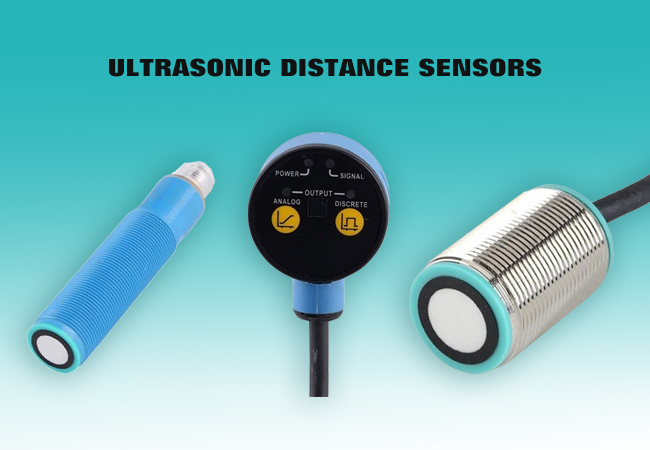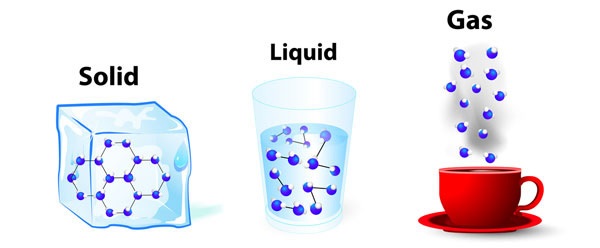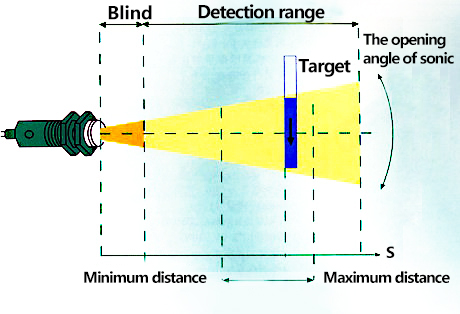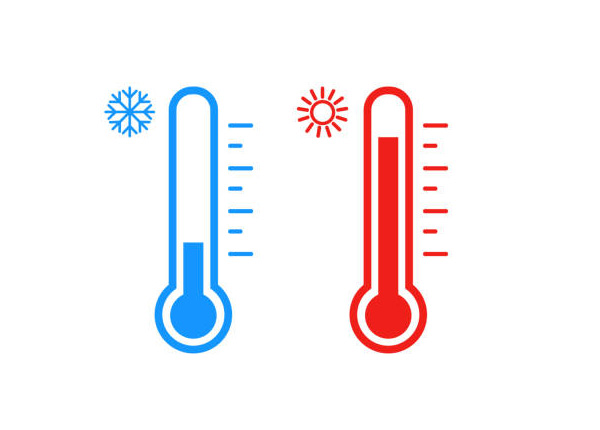Ultrasonic Distance Sensor Buying Guide
Ultrasonic distance sensors are designed to measure the distance to a remote object through the air without physically touching it. Distance sensors determine this value by emitting high-frequency or ultrasonic soundwaves toward the object being measured, receiving the reflected wave, and calculating the time between emission and reception. Due to their unique operational characteristics, these distance measurement sensors find use in a wide range of scientific and industrial applications. As a result, ultrasonic sensor manufacturers produce sensor products in numerous variations to satisfy different measurement requirements.

While this broad selection makes it possible for customers to find a ultrasonic distance sensor that suits their unique application, it can also make it more difficult to determine which one is right. When we choose ultrasonic distance sensors, we should consider several problems. Here is a brief introduction about what they are.
What is the Measurement Application?
Ultrasonic distance sensors are used in various non-contact distance measurement applications, each of which carries different restrictions and requirements. The sensor you choose should meet the demands of your application, whether you need stainless steel sensors for corrosive environment operations, cross-talk-resistant sensors for multi-sensor operations, or wireless-enabled sensors for remote measurement operations.
Typical applications for ATO ultrasonic sensors include:
- Distance Ranging. Distance sensors measure the distance to an object for dimensioning, positioning, and object ranging operations. Our website has 2000mm ultrasonic distance sensors. It is also the highest detection range of our distance sensors.
- Object Detection. Ultrasonic distance sensor detect whether an object is present, rather than the distance between them and the object, within a specific distance window.

What is the Maximum or Minimum Measurement Distance?
If a distance sensor is too close to an object, it may not be able to measure the distance accurately. If a sensor is too far from an object, it may not detect the object at all. The sensor chosen for a distance measurement application must be properly rated for the expected minimum and maximum measurement distances. Factors to consider when determining the useful operating range required include:
- Material State. Liquids and solids behave differently when hit with soundwaves, which results in different interactions with ultrasonic sensors. For dry measurement applications, we recommend a sensor with a range that is at least 50% greater than the expected maximum measurement distance. For liquid measurement applications, we recommend choosing a sensor with a range that is at least 25% greater than the expected maximum measurement distance.
- Size, shape, and orientation. The size, shape, and orientation of the material affect the maximum distance at which it can be detected. Large, flat water surfaces are among the easiest to detect at a distance, while curved or granular objects are harder to detect at a sensor's maximum range.

ATO ultrasonic distance sensors are available with a maximum measurement distance of about 2000mm. Different models offer different maximum measurement detection ranges, such as 100-1000mm, 100-700mm, 150-2000mm ultrasonic distance sensors can be selected on ATO.
What are the Application Environment Conditions?

Ultrasonic distance transducers can offer reliable distance measurement performance in a variety of industrial environments. However, they must be engineered to withstand the conditions found in that environment. Some of the environmental factors to consider when choosing an ultrasonic sensor include:
- Temperature. The speed of sound varies depending on temperature, which can affect the accuracy of the distance measured between the sensor and the targeted object.
- Weather. Ice, snow, dust, mud, and other environmental material buildup can block the sensor face, which can prevent the ultrasonic soundwaves from being transmitted or received. Additionally, the ingress of contaminants, such as water, can affect sensor function. ATO ultrasonic distance sensors with IP67 waterproof, working temperature between -20 ℃ and +60 ℃. It can ensures durability in harsh outdoor environments.
- Pressure or vacuum. Ultrasonic sensors are not designed for use in high-pressure or vacuum applications.

